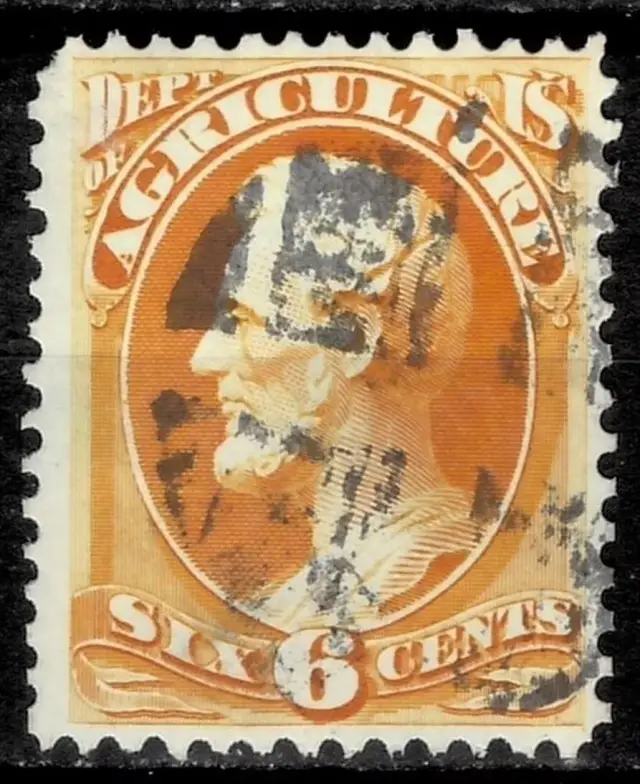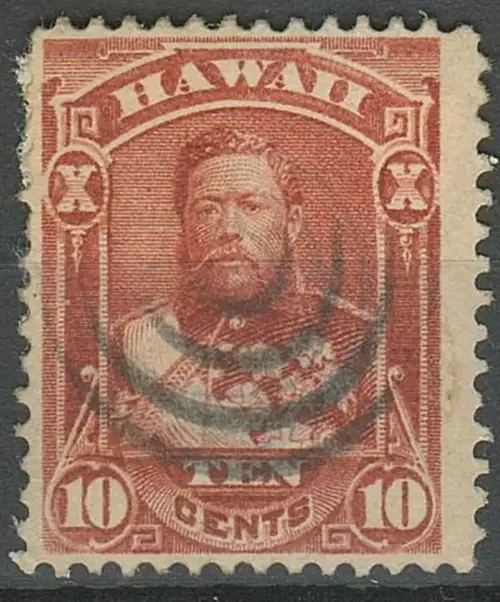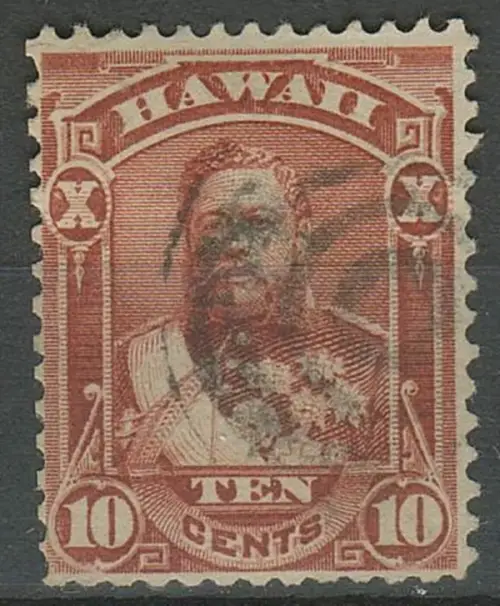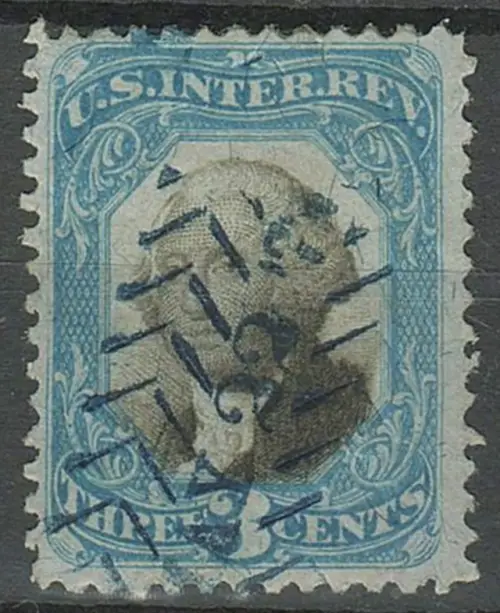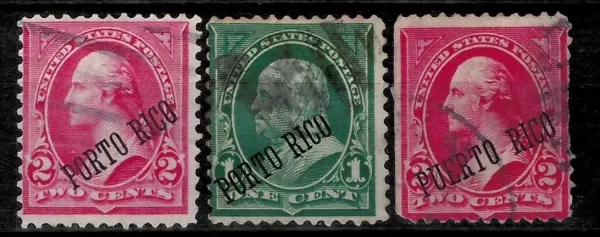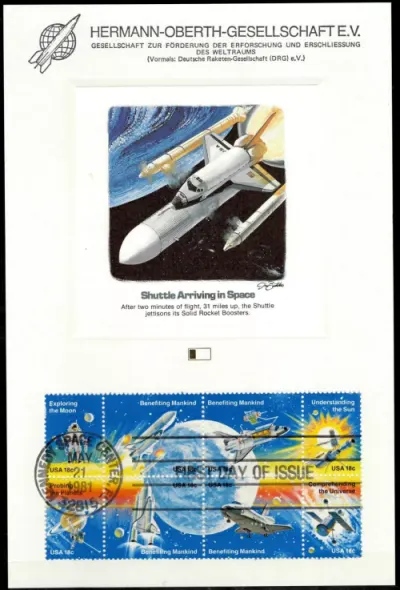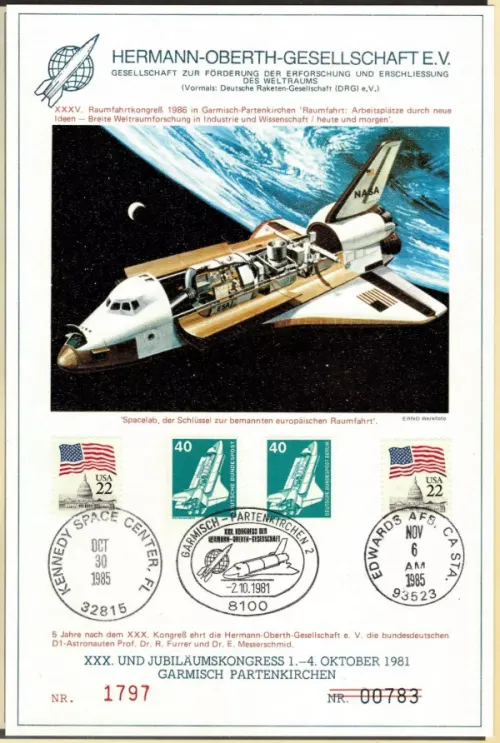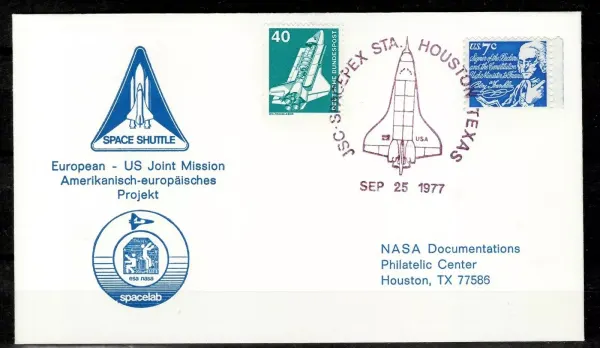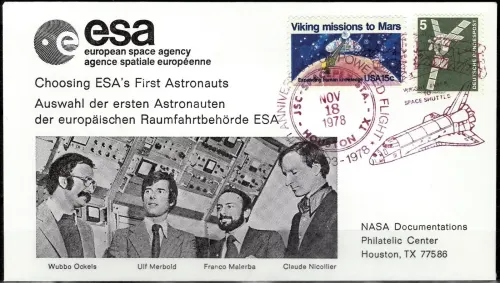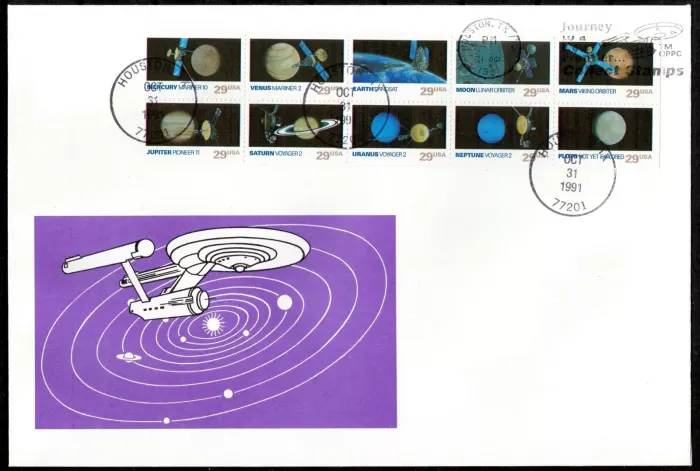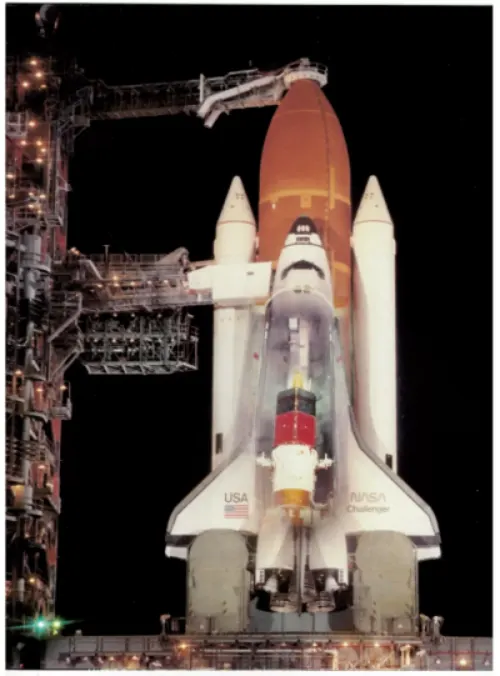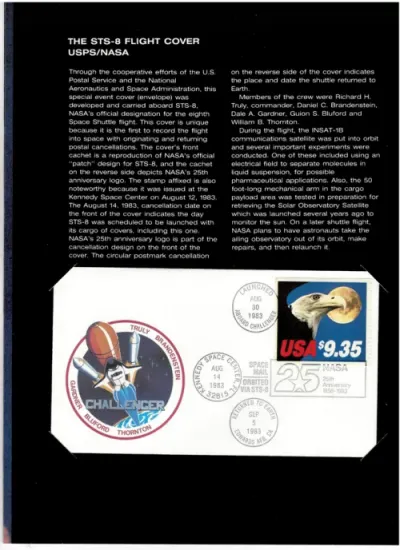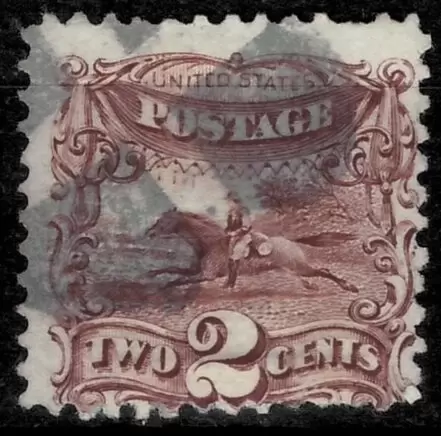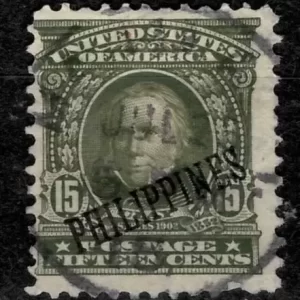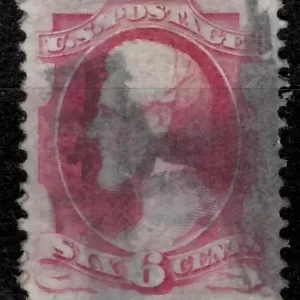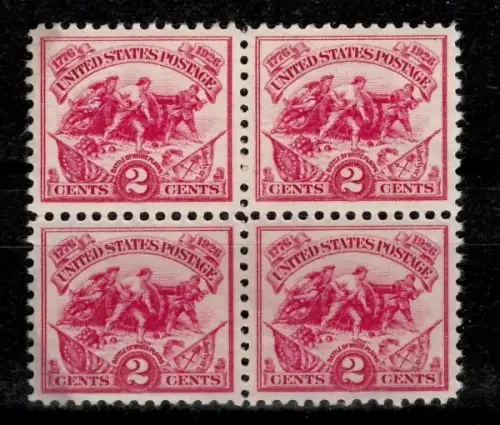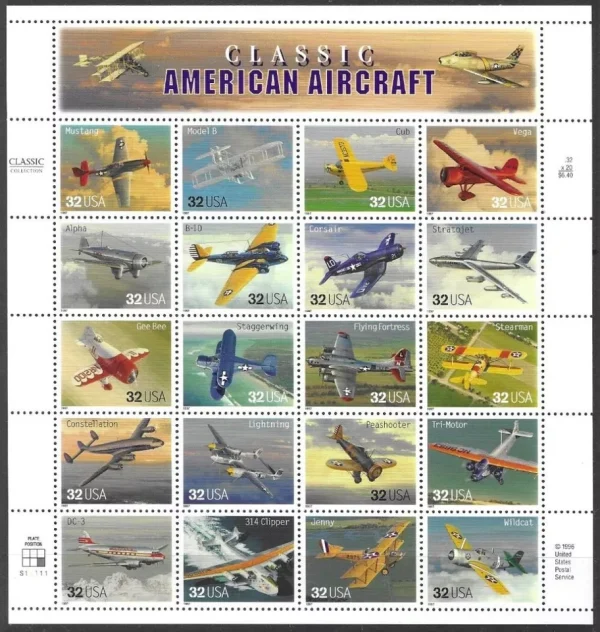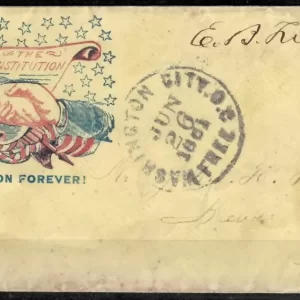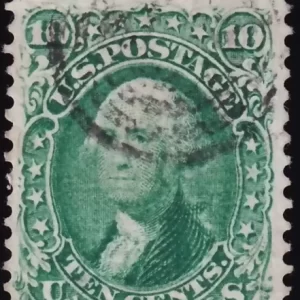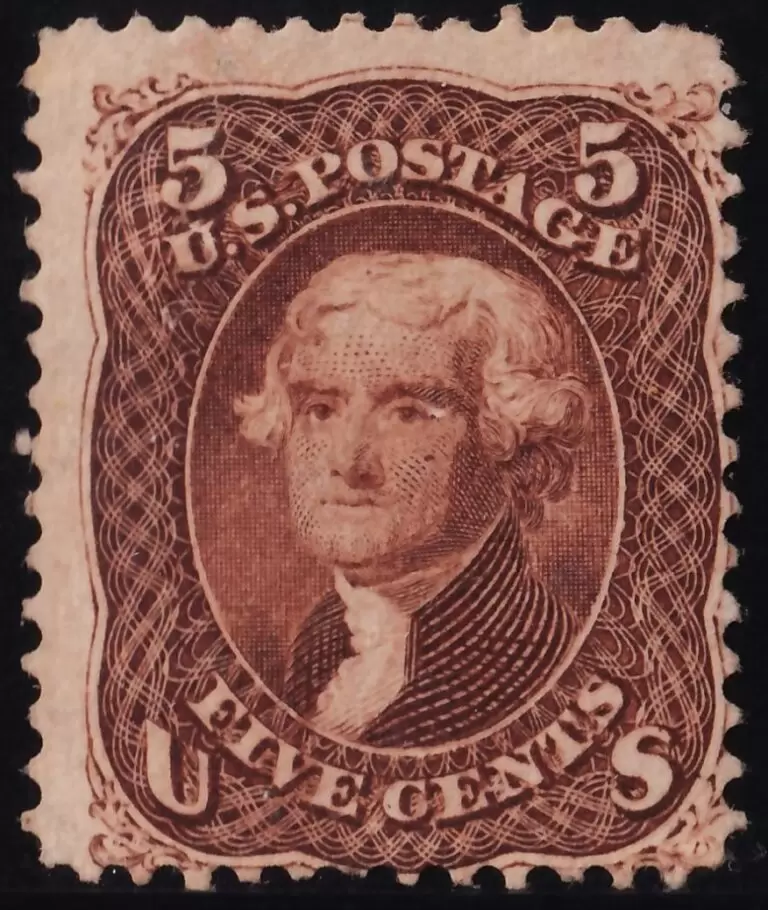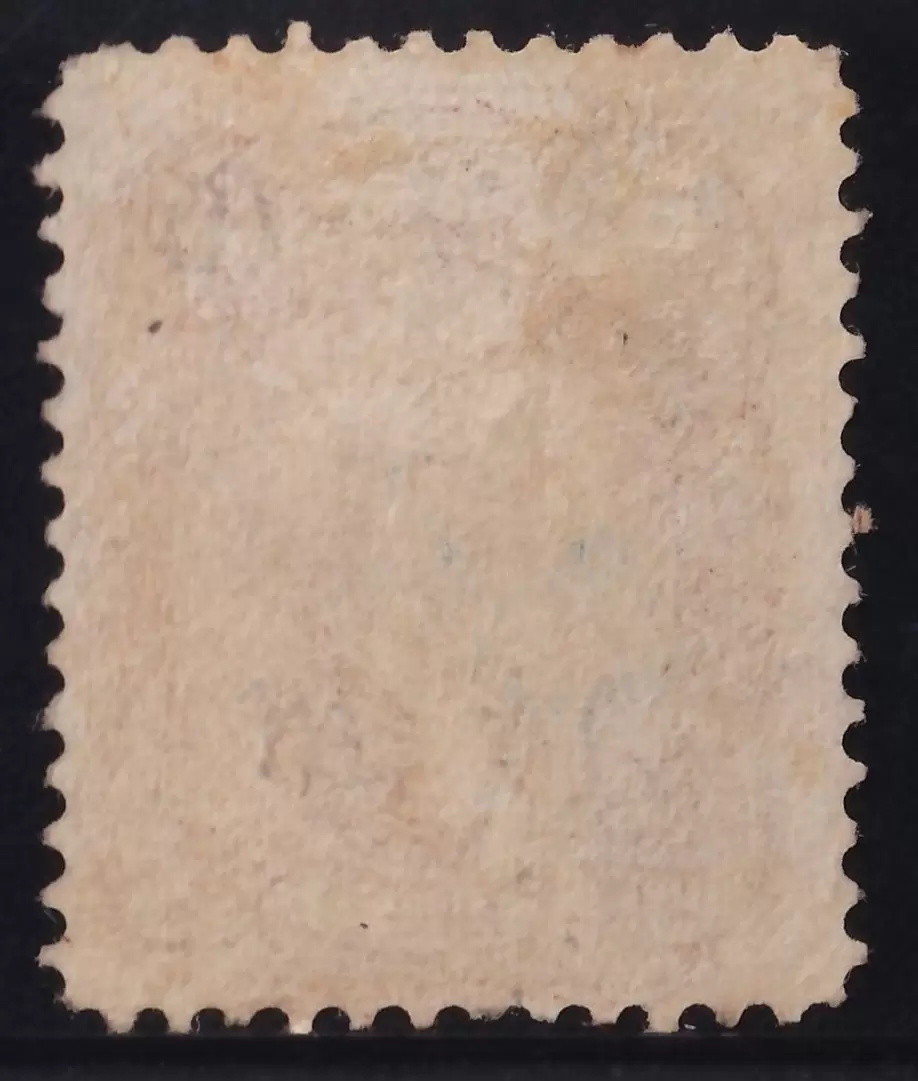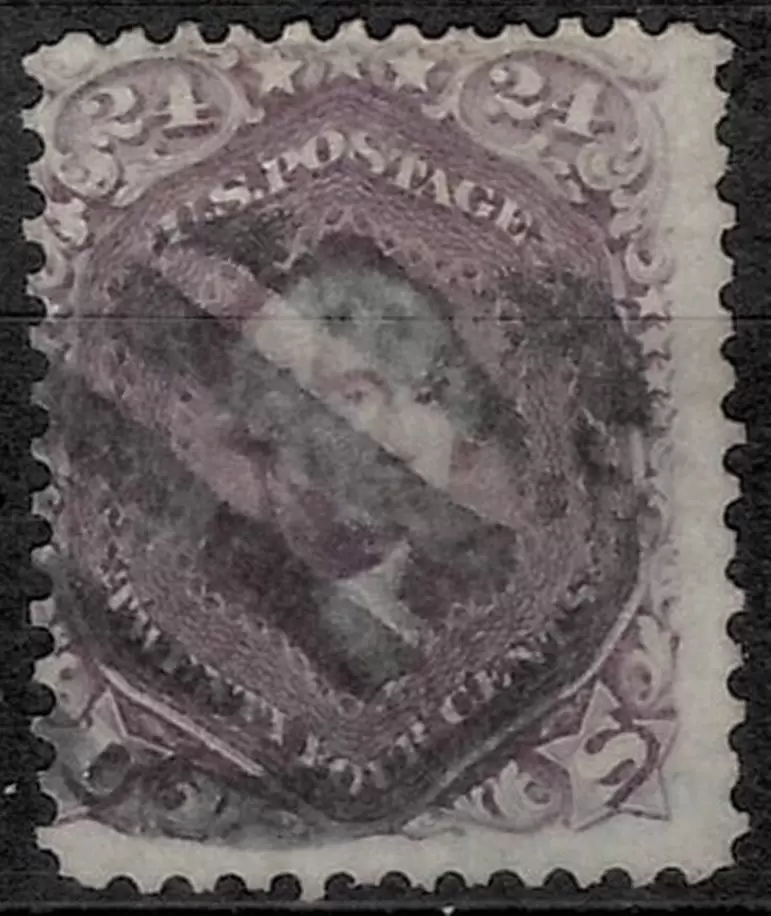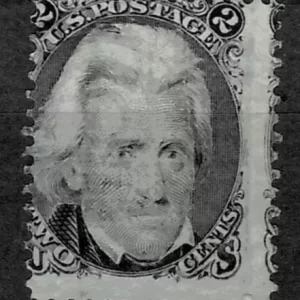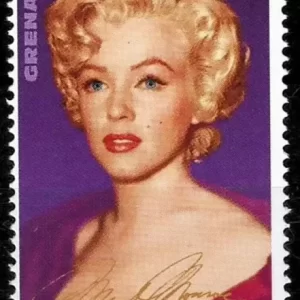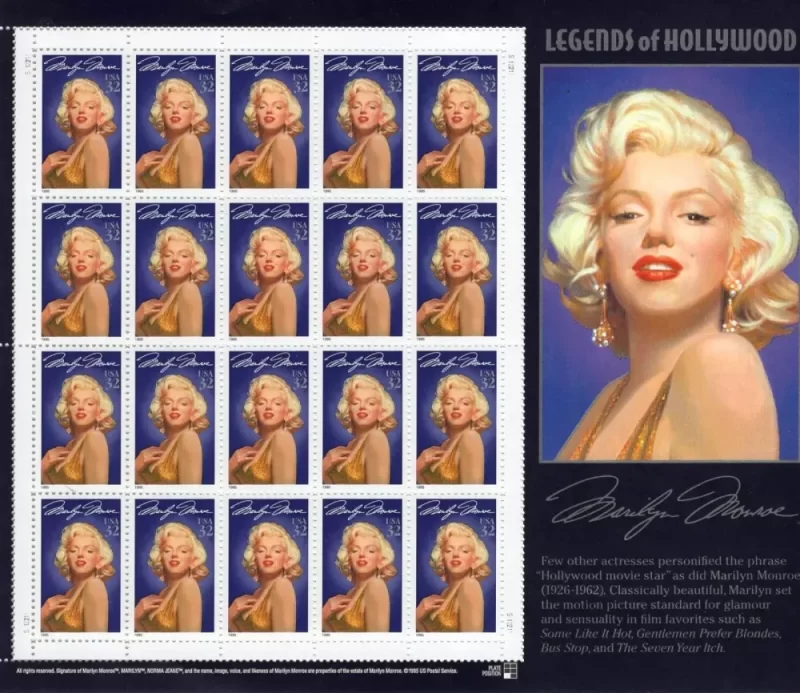Showing 1–30 of 78 resultsSorted by latest
Showing 1–30 of 78 resultsSorted by latest
The United States Postal Service (USPS) has a rich history of issuing postage stamps, reflecting the country’s cultural, historical, and natural heritage. Collecting U.S. stamps, or U.S. philately, is one of the most popular hobbies worldwide. Here’s an overview of key themes, important series, and the evolution of U.S. postage stamps:
The First U.S. Stamps (1847)
- The first U.S. postage stamps were issued on July 1, 1847. They featured portraits of Benjamin Franklin (5 cents) and George Washington (10 cents), two of the most significant figures in American history.
- These early stamps are now highly prized by collectors and are part of the Classic U.S. Stamps category.
Definitive Stamps
Definitive stamps are regular-issue stamps used for everyday mail, often in widespread circulation for long periods. Key series include:
- Washington-Franklin Series (1908–1922): A popular and long-running series featuring various denominations with images of Washington and Franklin.
- Liberty Series (1954–1965): Featuring famous Americans such as Thomas Jefferson, Abraham Lincoln, and Andrew Jackson, as well as national symbols like the Statue of Liberty.
- Prominent Americans Series (1965–1978): This series honoured famous Americans, including John F. Kennedy, Susan B. Anthony, and Martin Luther King Jr..
- Great Americans Series (1980–1999): Another long-running definitive series featuring famous scientists, artists, and political figures such as Albert Einstein, Harriet Tubman, and George C. Marshall.
Commemorative Stamps
The U.S. Postal Service regularly issues commemorative stamps to honour significant people, events, anniversaries, and cultural achievements:
- The Columbian Exposition Issue (1893): One of the most famous commemorative series, this set of 16 stamps was issued for the World’s Columbian Exposition in Chicago, celebrating the 400th anniversary of Christopher Columbus’s arrival in the New World.
- The Trans-Mississippi Issue (1898): Issued to commemorate the Trans-Mississippi Exposition, these stamps depicted scenes from the American West and are considered among the most beautiful U.S. stamps.
- The Famous Americans Series (1940): This 35-stamp series celebrated authors, scientists, educators, composers, and other influential Americans, such as Louisa May Alcott, Mark Twain, and Thomas Edison.
- Modern Commemoratives
Since the mid-20th century, the U.S. Postal Service has continued to issue commemorative stamps honouring a wide range of themes:
- Civil Rights and Social Justice: Stamps honouring figures like Martin Luther King Jr., Rosa Parks, and Cesar Chavez celebrate the fight for equality and civil rights in America.
- Historical Events and Anniversaries: Stamps have been issued to commemorate events like the Moon Landing (1969), the Bicentennial of the U.S. (1976), and the Civil War (2011–2015).
- Pop Culture and the Arts: Stamps have honored Hollywood legends (like Marilyn Monroe and John Wayne), musicians (like Elvis Presley and The Beatles), and artistic movements (such as the Abstract Expressionists).
- Sports: The U.S. Postal Service has issued stamps celebrating iconic athletes like Babe Ruth, Jesse Owens, and Jackie Robinson, as well as sporting events like the Olympics and Super Bowl.
The Forever Stamp (2007–Present)
- In 2007, the USPS introduced the Forever Stamp, which remains valid for first-class postage regardless of future rate increases. These stamps often feature iconic American symbols, such as the Liberty Bell and the U.S. Flag.
- The Forever Stamp series also highlights key cultural icons, nature, and historical moments.
Notable Themes on U.S. Stamps
The U.S. Postal Service often focuses on these main themes when issuing stamps:
- Presidents and Political Figures: Nearly every U.S. president has been featured on a stamp, with Abraham Lincoln and George Washington being especially popular.
- Military and War History: Stamps commemorating wars, veterans, and military heroes are frequent. Notable examples include World War II and Vietnam War commemorative stamps.
- National Parks and Nature: Many stamps celebrate the country’s diverse landscapes and wildlife, with the National Parks series being especially popular among nature lovers.
- Space Exploration: Stamps like the Moon Landing (1969) and Space Shuttle series celebrate the U.S.’s achievements in space exploration.
Conclusion
U.S. postage stamps offer a window into the nation’s history, culture, and values. From the earliest issues featuring the country’s founding fathers to modern stamps celebrating pop culture, the USPS has a tradition of creating beautiful, symbolic, and sometimes groundbreaking stamps. Collectors around the world prize U.S. stamps for their variety, artistry, and historical significance.

